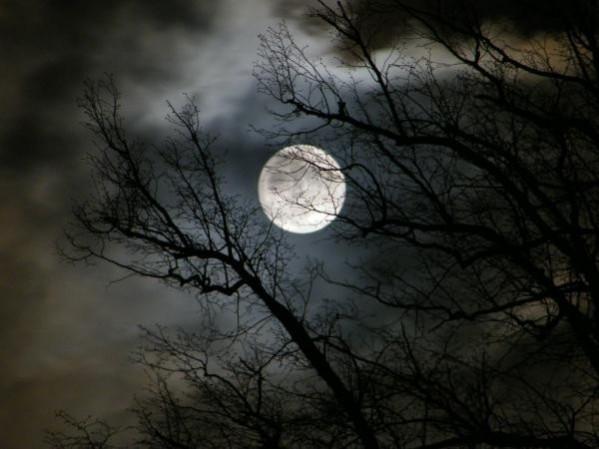
"Once in a Blue Moon" is not just a phrase but it is a rare phenomenon which occurs every 2.7 years.
Friday night was the night when people were treated with second full moon in August at around 19:28 PM IST. The first full moon occurred on Aug. 1 in US and on Aug. 2 in Europe, Africa, Asia, and Australia.
According to modern folklore, when two full moons occur in a same calendar month, the second full moon is known as "Blue Moon".
"It is a normal full moon, except for the fact that it occurs twice in a month," the Hindu quoted C. B. Devgan of the Science Popularisation Association Communicators & Educators (SPACE) as saying.
"The special thing about it is that it's just once in two or two-and-a-half years that a full moon appears twice in a month," Devgan added.
Full moons occur once in every 29 days, and months are 30 or 31 days long, so it is possible to have two full month in the same month and it occurs every two and a half years, on an average, according to NASA.
People generally use this phrase "once in a blue moon" to say something that is not very often.
The actual meaning of a Blue Moon can be traced back centuries; the latter definition is curious bit of modern folklore.
"In modern usage, the second full Moon in a month has come to be called a 'Blue Moon.' But it's not!" news agency ANI quoted Kelly Beatty, Senior Contributing Editor for Sky and Telescope magazine as saying.
"This colourful term is actually a cylindrical goof that worked its way into the pages of Sky and Telescope back in March 1946, and it spread to the world from there," he added.
A second full moon in the same month does not change the physical properties of the moon because of which its color remains the same as pale, grey and white. However, in 1833, people saw blue moons almost every night when an Indonesian volcano "Krakatoa" exploded.
When the volcano exploded, plumes of ash rose to the top of Earth's atmosphere and the moon turned blue.
According to NASA, the key to a blue moon is the air with lots of particles slightly wider than the wavelength of red light (0.7 micron) - and no other sizes present.
























